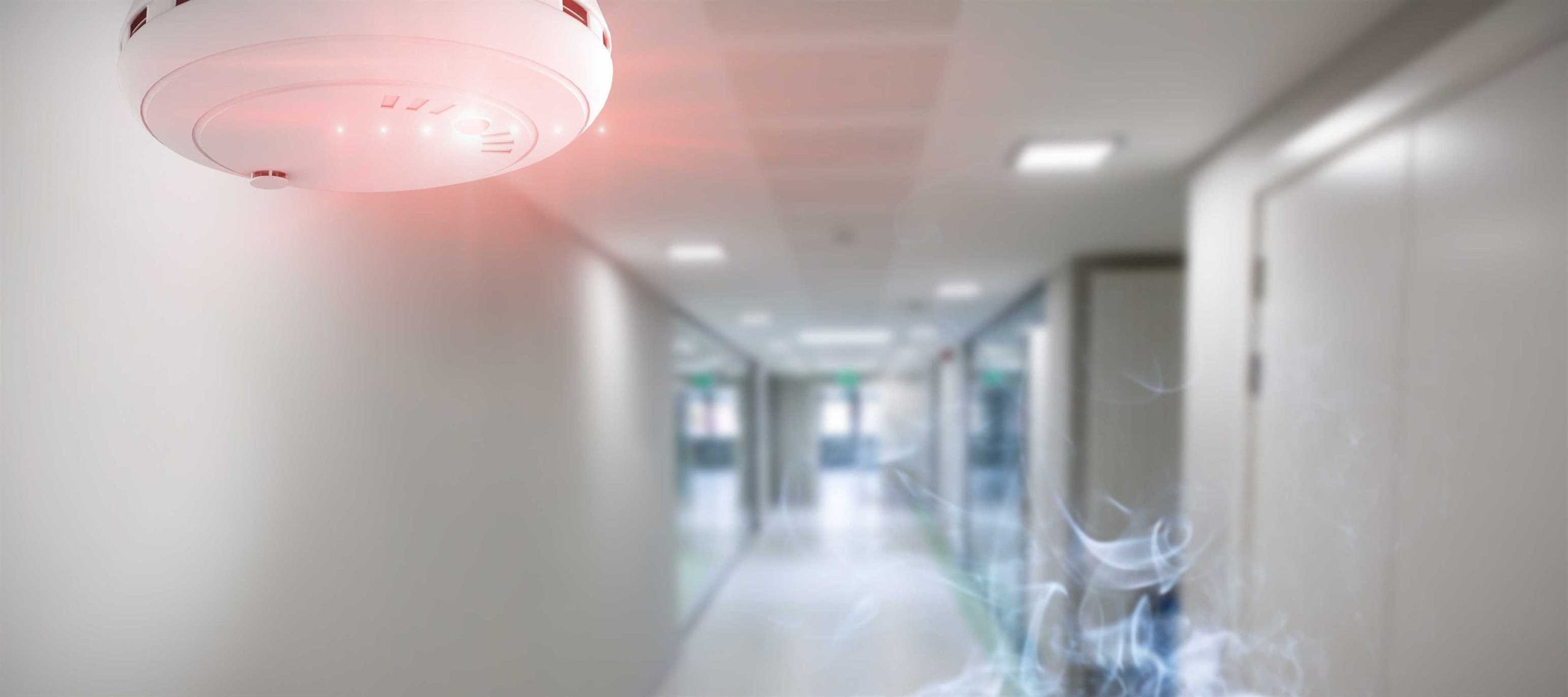Electrical and Your Insurance

In 1666, there was an enormous fire in London that lasted for 6 days; it destroyed the homes of an estimated 70000 people. This fire is taken by many historians to be the start of modern day insurance policies; after losing so many homes, economists and planners in the area began to push insurance as a viable means of protection against such drastic loss. Property insurance and fire, then, have always been intimately linked; in fact, even the most basic property insurance policies in Canada are required to offer protections against fire. Fire insurance is more important than, say, theft insurance, because a fire threatens the most valuable asset you own; the very home you live in. This means that insurance companies pay special attention to anything that increases the risk of fire: buildings materials, occupancy, and, most importantly for our purposes, wiring.
One of the biggest considerations for insurers is the type of wiring used throughout your home. Presently, well-insulated copper wires are the most commonly used method of wiring; they are at low risk of degradation, and efficiently and safely transport electricity through your house. Back in the day, our wiring systems weren’t quite so sophisticated; we used a system called knob-and-tube wiring. This wiring used ceramic knobs in order to maneuver the wires through the home, and ceramic tubes to insulate wires as they passed through wood joists. Insurance companies are very reluctant to insure homes with this type of wiring; in fact, most insurers will refuse to insure knob and tube homes outright. There are several reasons for this. First, knob-and-tube homes were always wired without a ground; that means shorts are particularly dangerous, because the excess energy will heat up the wiring and potentially cause fires, or the electricity from the wires will go to an unsafe ground, like a nearby human. Second, knob-and-tube hasn’t been employed in a widespread manner since around the 1940s; that means all the insulation around your wires is likely to be worn, increasing the risk of fire substantially. In almost all cases, an insurer will require that you use knob and tube removal services to replace the system before they’ll cover your home.
Another system of wiring that’s liable to get flak from insurers is aluminum wiring. Copper wires were industry standard by the time aluminum came around, but during aluminum’s era of prominence (from about 1965 to 1974), copper was considered too expensive to use in home wiring, and aluminum was considered a viable alternative. The problem, as it so happens, came from the physical properties of the aluminum when it connected to light switches or other connectors. Aluminum expands three times as much as copper, and the continued expansion and contraction of the wiring would cause it to be exposed to the air much more rapidly; it would then oxide, and put homes at risk of catching fire. You can tell if you have aluminum wiring because the insulation for the wires will say ALUM, ALUMINUM, AL, or a few other variants on those terms. Once again, insurers are extremely reluctant to insure these types of homes, and you’ll probably need to replace with copper wiring.
The final wiring system insurers are leery about is anything with a load under what your expected electrical need is. What this means is simple: older homes used fewer appliances that required electricity, so they could do with electrical services that handled less electricity. These services are typically 60 amp; you can see what kind of service you have by looking at the main breaker (the big switch) on your breaker panel. When it says 60, you have a 60 amp load capacity, and you’ll likely be overusing your electrical system, which can lead to overheating. Most insurers won’t cover you unless you upgrade to a 100-amp system; some newer homes with a lot of appliances even use a 200-amp system.
There are circumstances where you might be able to find an insurer who is willing to cover your home even if you don’t change your electrical system, but you should be wary about this, and look at the premiums as compared to what they would be if you upgraded your system. Insurers are in the risk game; they always want to make more money than they expect to pay out, and the higher the risk, the higher the amount you’ll have to pay will be. More often than not, the increase in premiums will be so substantial that over the course of a few years, you’ll pay more in excess premiums than what the cost of simply upgrading your system would have been.
